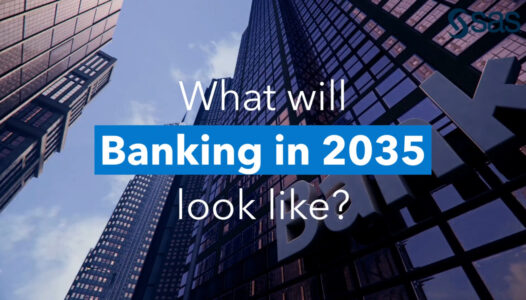A new study from the Open Finance technology and advisory services provider Konsentus has found that there are now more than 65 national open banking programs globally. Konsentus has updated its Global Open Banking and Open Finance Map to include richer data on the evolution of open banking across the world. It reveals that open banking, the new wave of financial data access, has reached a significant milestone, with 68 countries (representing 35% of the world) either live or in development. The Konsentus study showed there is a clear regulatory push towards open banking, with 64% of open banking initiatives being mandatory via legislation.
Only four markets are currently pursuing a market-led approach and 26% of initiatives lack formal regulation but have strong regulatory support and a centralised program approach.
The hybrid approach has started to emerge as popular, particularly across Asia. However, the analysis shows there is no ‘one size fits all’, with each jurisdiction taking a slightly different approach to their implementation to meet local requirements.
In addition to assessing whether markets are regulatory, hybrid or market-led, the map now categorises countries based on whether their ecosystems are live or in development. It also reflects if the market is focused on open banking or has pivoted to open finance.
Mike Woods, CEO, Konsentus, said: “Given that open banking is in its infancy, the fact that 35% of the world is pursuing an open banking program is testament to its relevance and importance in the global financial digitisation agenda. We anticipate this number will continue to grow and that open banking testing and implementation will intensify in 2024. Konsentus has become much more rigorous in its criteria for this important asset to reflect the real development on the ground. As such, we have introduced a hybrid category as well as showcasing which markets are open banking vs open finance vs open data. The map will provide a valuable guide for the industry to track progress and spot new developments.”
Open banking has become an undeniable force reshaping the global financial sector and is among the key drivers towards unlocking substantial value in the financial ecosystem.
In markets where open banking has already been implemented, there is a clear movement towards increasing the scope of data access requirements towards open finance or even open data. Open finance permits third parties to access a wider range of data on additional financial products a customer may hold, such as insurance, mortgages, and investments. With the EEA having embarked on the journey to open finance, this number has increased significantly since 2022.
A key region to watch is the fourteen countries that make up the Eastern Europe and Central Asian Network (EECAN), with over 50% of the Network having a live or active program. Asia, and in particular Southeast Asia, is also ramping up activity and by 2025 this region will likely include new jurisdictions throughout 2024.
Open banking can contribute to various policy objectives and enable broader access to innovative products and services for citizens and businesses. Regulators and central banks regard it as a foundational pillar of their objective to encourage competition in the financial sector and stimulate national fintech ecosystems.






